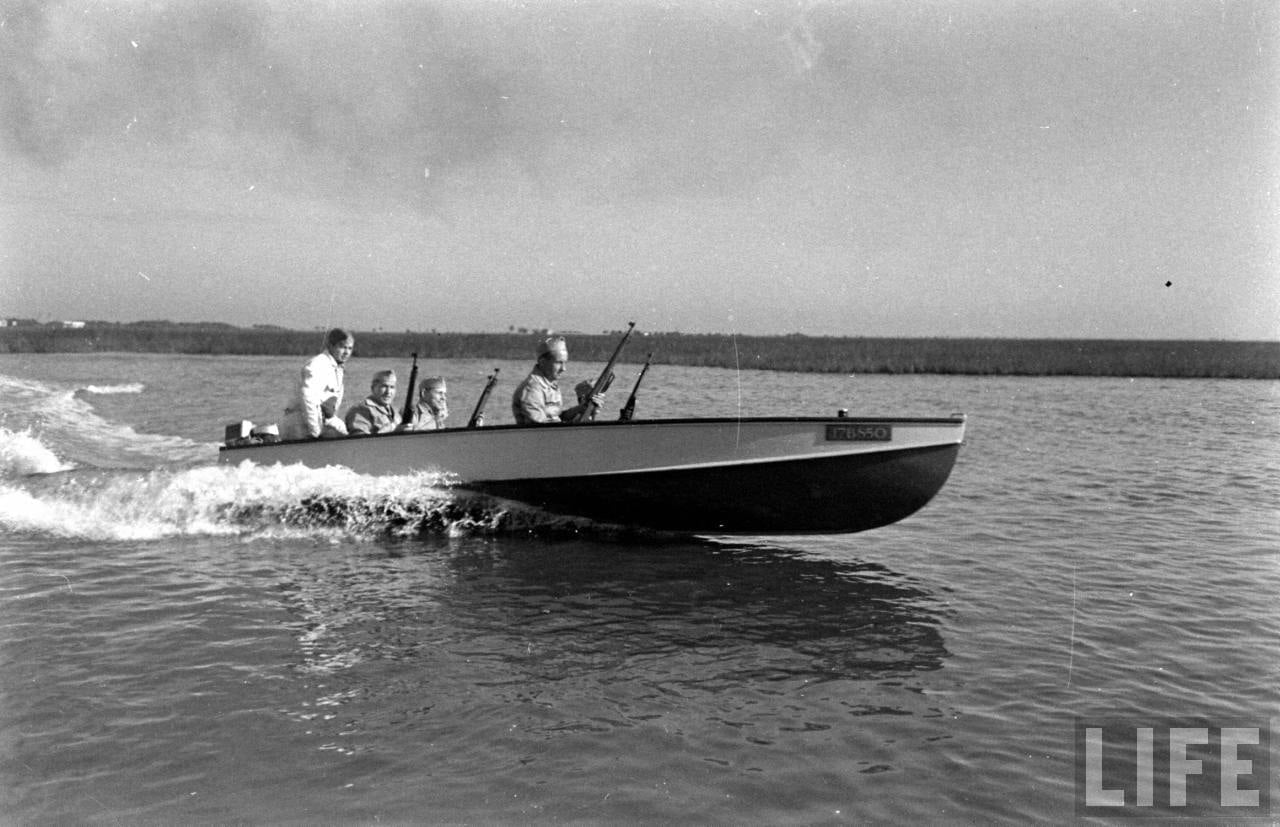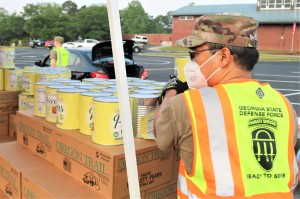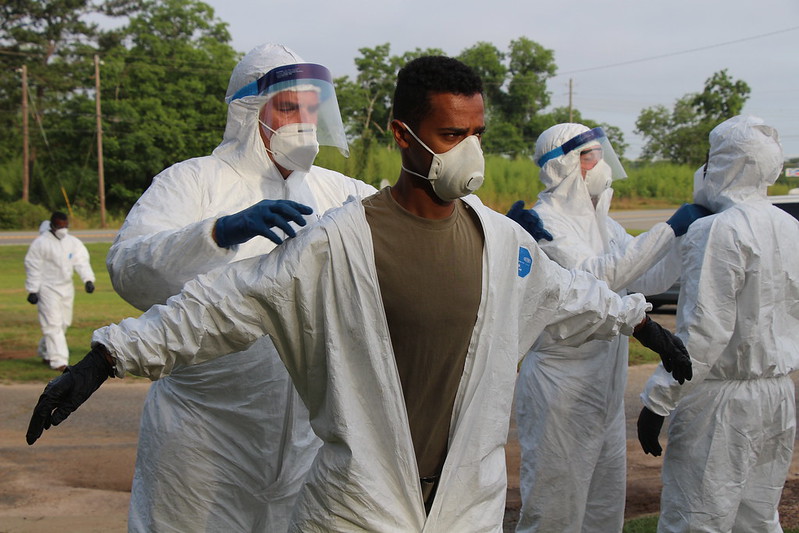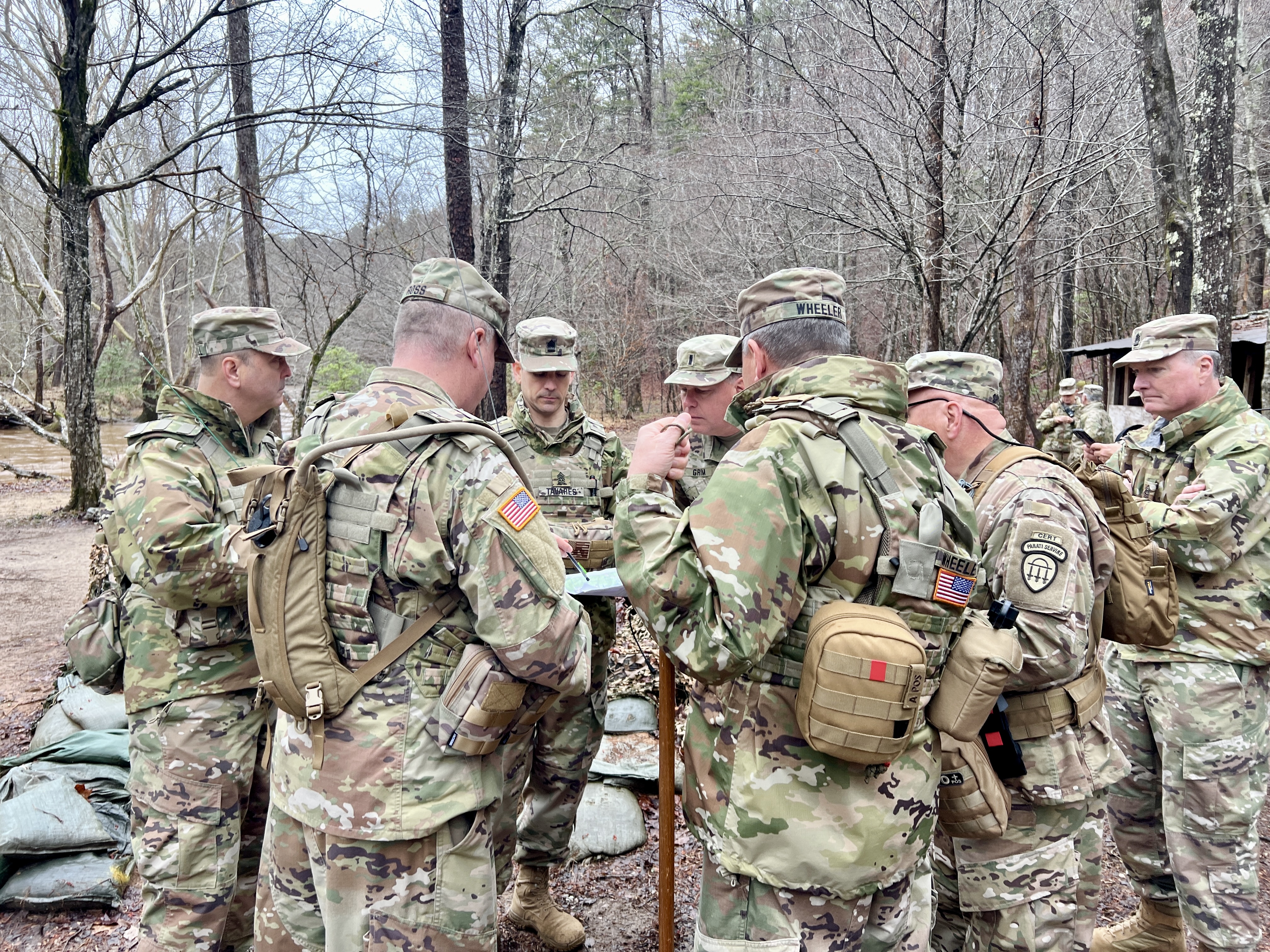The Georgia State Defense Force
Ready to Serve!
By Maj. William Carraway, Historian, Georgia Army National Guard
2nd Lt. Beverly Shepard, Public Affairs Branch Chief, Georgia State Defense Force, contributed to this report.
Seventy men and six women swore into the newly organized the Georgia State Defense Force (GSDF) during a ceremony at the Georgia National Guard headquarters in Atlanta, August 24, 1985. Maj. Gen. Joseph W. Griffin, then Adjutant General of Georgia, presided over the ceremony and addressed the new GSDF volunteers.
“I applaud each and every one of you as true patriots,” said Maj. Gen. Griffin. “Because you are volunteers, you are showing the true spirit and dedication to tradition first displayed in Lexington and Concord in 1775.”
During his remarks, Maj. Gen. Griffin noted that one of the main considerations in establishing the GSDF was the anticipation of an increased role of the National Guard and Reserve as deployable forces to augment active service components. This concern echoed the events of 1940 when Governor E. D. Rivers established the State Defense Corps (SDC), forerunner of the SDF, in anticipation of the possible deployment of 5,100 Georgia National Guard Soldiers.
Ryburn G. Clay was appointed to command the SDC on June 23, 1940. Less than three months later, Georgia’s National Guard units activated into federal service and dispatched to training camps, such as Fort Jackson and Camp Blanding. Volunteers of the Georgia SDC, which was re-designated as the Georgia State Guard in 1942, trained for homeland defense, guarded Georgia’s coast, and stood ready to respond to natural disasters. Thousands of volunteers passed through the ranks of the Georgia State Guard before it was disbanded in 1947.
Ready to Serve!
Since its re-establishment in 1985 under the command of Brig. Gen. John Gillette, the GSDF has supported the Georgia Department of Defense during state emergencies. The GSDF provides support in many areas, including communications, disaster relief and reconnaissance, law, medical support, public affairs, search and rescue, traffic control, and training and education. The GSDF also provides field training assistance to the Georgia National Guard.
COVID-19
In 2020, under the leadership of former GSDF Commander Brig. Gen. Thomas H. Blackstock Jr., the organization performed an unprecedented variety of response missions. These missions included the GSDF’s assistance with the state’s response to the coronavirus (COVID-19) pandemic.
“The Georgia State Defense Force has literally made history in its sustained response to the COVID-19 pandemic,” said Georgia Adjutant General Maj. Gen. Thomas M. Carden Jr. “The men and women of the GSDF worked tirelessly at food banks, hospitals, nursing homes, and at COVID-19 sample points of collection to alleviate suffering and save lives. Members of our GSDF are volunteers in the truest sense of the word. I am both inspired and honored to serve with them.”
The Georgia State Defense Force (GSDF) provided COVID-19 support to the state of Georgia from March 16, 2020 through July 17, 2020. This was the longest continuous call-up in the history of the GSDF. The Georgia Department of Defense presented a Georgia Distinguished Unit Ribbon to the GSDF for its service during the COVID-19 pandemic.
Our History
Contributed by CPL Eric Tedder
When James Oglethorpe established the thirteenth American colony of Georgia in 1733, he knew the threat of a Spanish invasion from Florida was imminent. In response, Oglethorpe organized and trained a militia force in the colony that would be ready to respond at the first sign of aggression from any outsider. In 1742, Oglethorpe’s fear was realized when Spanish forces under the command of General Manuel de Montiano invaded the colony of Georgia. In a salt marsh on St. Simons Island, the Spanish attacked a force of British Regulars and Georgia Militia under Oglethorpe’s command. The Spanish were soundly defeated and forced to retreat back to Florida. The Battle of Bloody Marsh, as the skirmish was later known, was the first and only attempt by Spanish forces to invade Georgia.
The Georgia Militia was again called upon to defend Georgia during the American Revolution. Georgia militiamen fought long and hard against British Regulars and Loyalist forces in a deeply divided Georgia back country and throughout the South for American Independence. In 1779, Georgia militiamen alongside those from South Carolina surprised and defeated a superior force of Loyalists at the Battle of Kettle Creek near Washington, Georgia. After the American Revolution, Georgia continued to maintain an active militia force throughout the 19th century. In 1836, a battalion of Georgia militia aided Texas’ freedom fighters in their fight against Mexican forces during the Texas Revolution.
In 1861, as civil war broke out in the United States, Georgia Governor Joseph Brown activated numerous recruiting drives throughout the state to bolster the strength of the Georgia Militia. Although Brown tried to maintain his militia forces within state boundaries, many Georgia units were called up to join larger armies established by the Confederate government. Throughout the war Georgia sent the second largest number of volunteers to fight for the Confederacy (only eclipsed by Virginia). These volunteers took an active role in almost every front during the American Civil War. In 1864 as Union General William Tecumseh Sherman organized a large force of Northern troops in Chattanooga to begin his invasion of Georgia, militia units joined other Confederate troops in a gallant attempt to defend Georgia, and more importantly Atlanta. After the fall of Atlanta on September 2, 1864 Confederate troops left in a hasty retreat from Georgia and moved back into Tennessee. Sherman began to drive deeper into the heart of Georgia as he pushed toward Savannah. At the Battle of Griswoldville, near Macon, Georgia militiamen put up the only substantial resistance to Sherman’s March to the Sea when a force of militia attempted to slow the Union onslaught.
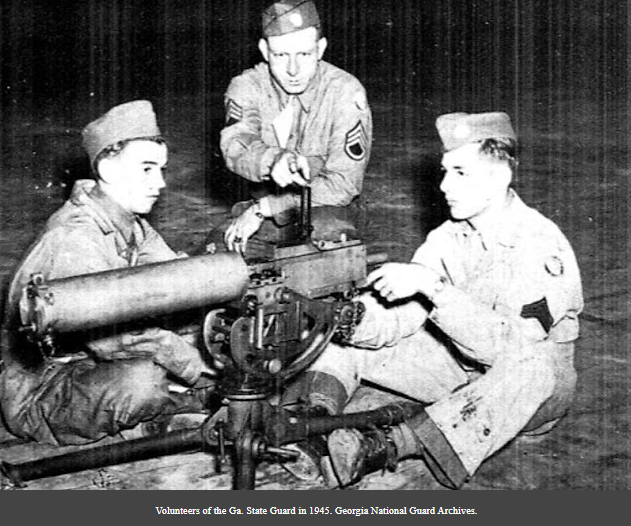
During World War I, the Georgia Militia was again called upon to serve the state. During this activation Militia units were assigned to guard key military targets around the state and take an active role in patrolling the Georgia coastline. In the 1940’s, Georgia Governor E.D. Rivers activated the Georgia Militia under a new name, the Georgia State Defense Corps. In addition to guarding key military targets in Georgia during World War II the State Defense Corps was also assigned to undergo training that would necessitate preventing an invasion by one of the Axis powers. As World War II came to a close, the State Defense Corps, now re-designated as the Georgia State Guard, reached a record strength of almost 5,000.
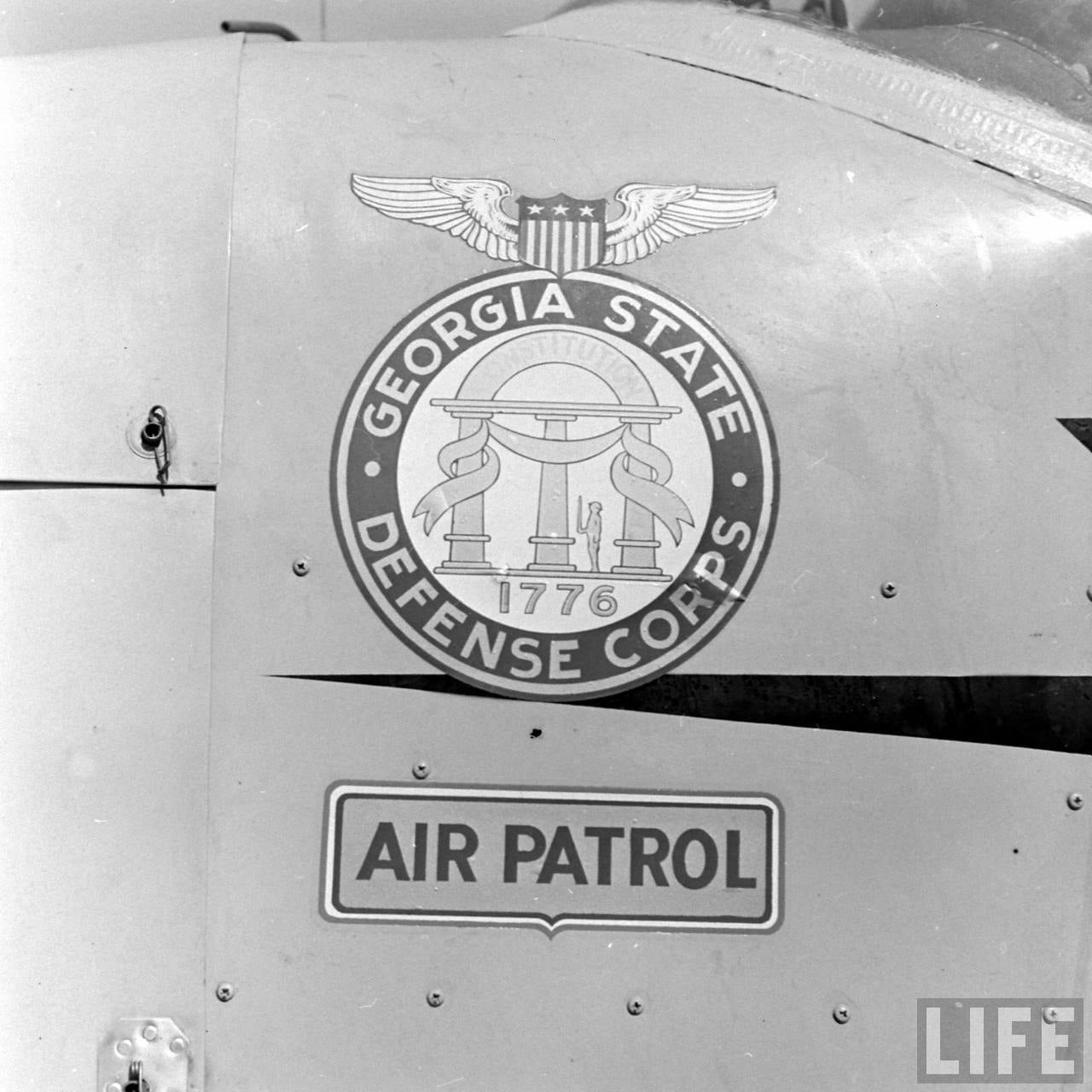
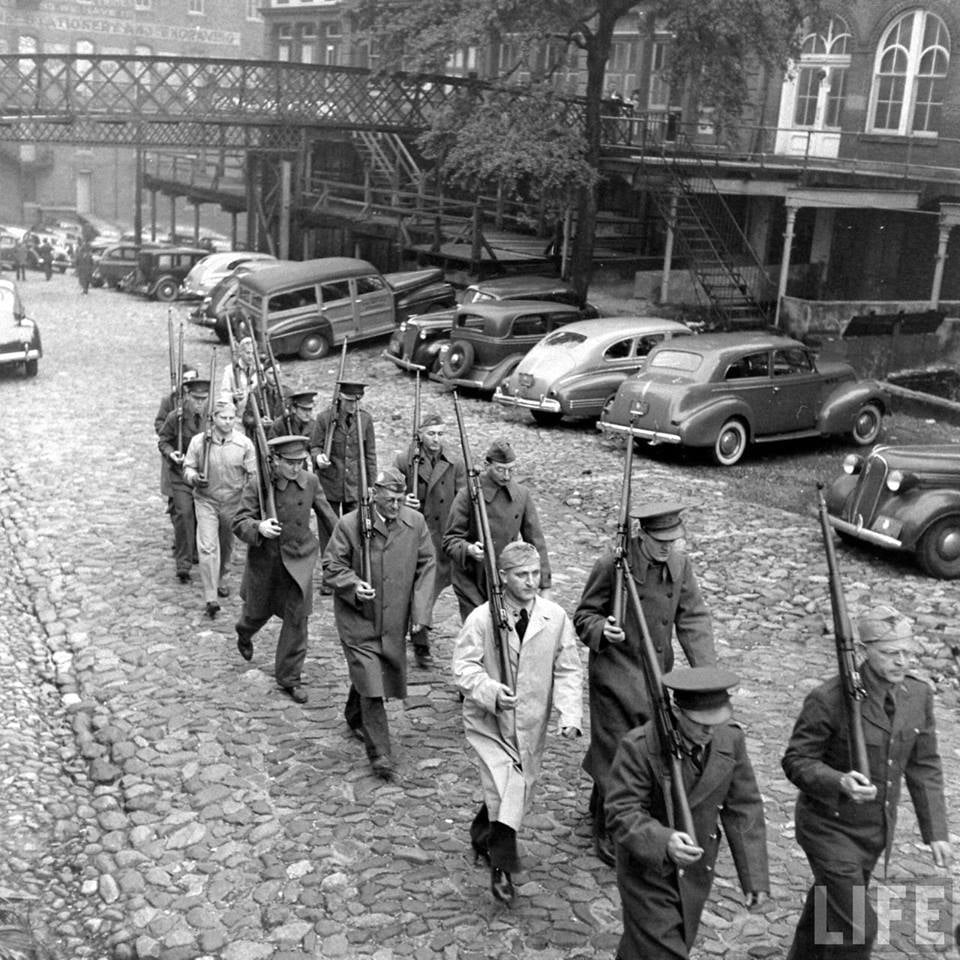
In 1947, the Georgia State Guard was inactivated and remained inactive for the next thirty seven years. It was not until 1985 that a new breath of life was given to the State Guard when it was reactivated and authorized as the Georgia State Defense Force. Since its reactivation the Georgia State Defense Force has served the citizens of Georgia alongside the Georgia National Guard in every mission given from search and rescue to natural disaster relief. Currently the Georgia State Defense Force supports the state in the wake of the federal activation of the Georgia National Guard in military operations overseas.
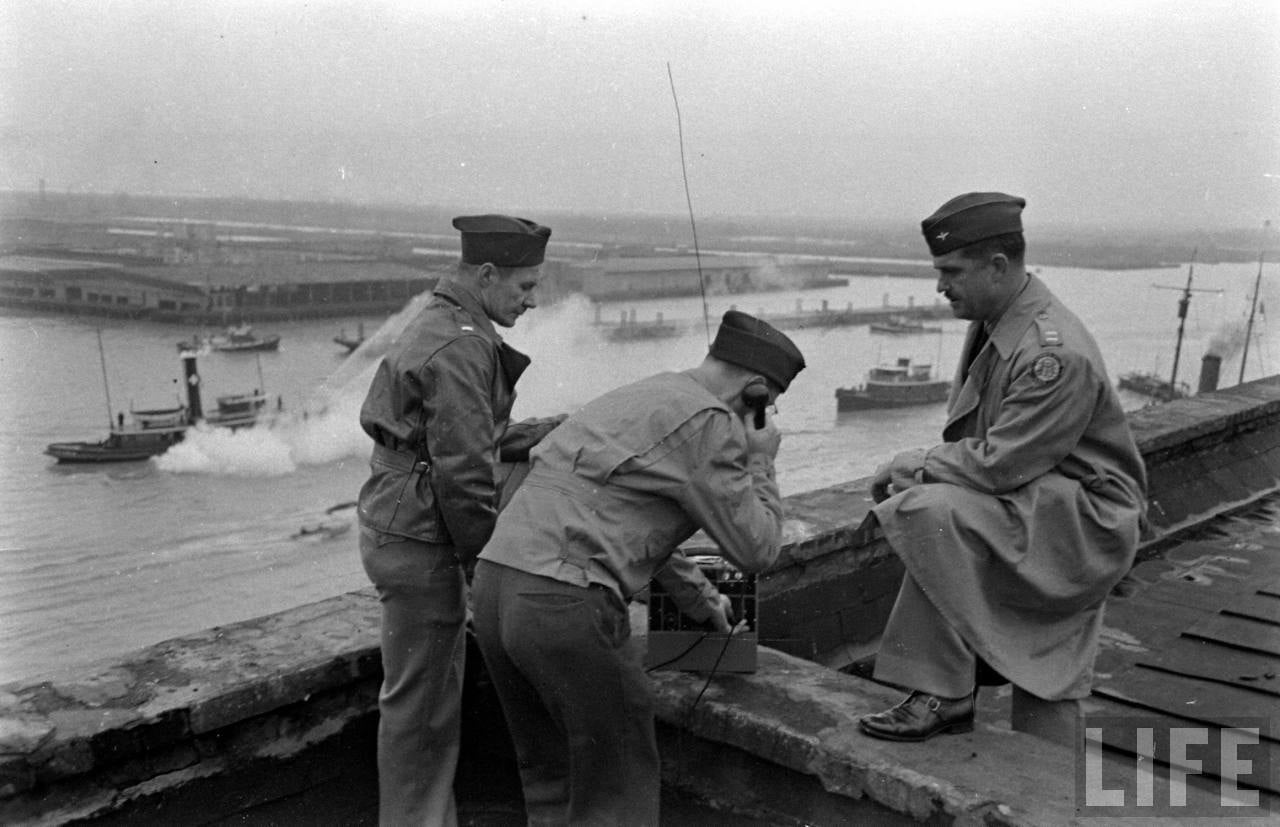
Throughout its history, the Georgia State Defense Force has played a variety of roles in the state’s proud history. Whether as an armed force or in a support role, the primary mission of the Georgia State Defense Force has not changed in more than 270 years. From its colonial roots to the present day, the Georgia State Defense Force continues to be “ready to serve” the needs of Georgia.
